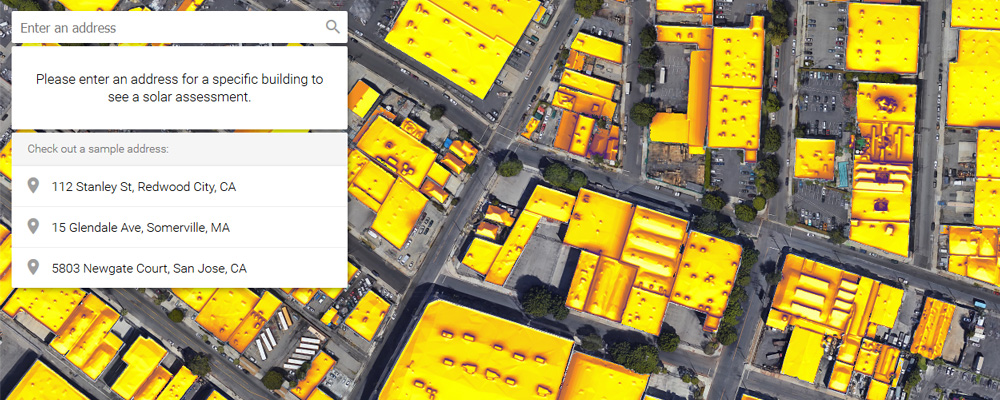According to Google, 79% of all buildings in the United States are suitable for solar panel installation.
However, the suitability for solar varies significantly by region. For example, over 90% of homes in Nevada are viable for solar panels while only 60% of homes in Minnesota are viable.

Solar Potential of Cities in the United States / Image Credit: Google Sunroof
All of this data was taken from Google’s Project Sunroof. So how does this project determine the suitability of a particular building for solar power?
For an individual house or building, data from Google Maps/Earth is utilized to determine the shading from nearby structures and trees. This information is then combined with historical weather data to calculate how much money a user can expect to save if they used solar energy for electricity production. The project also utilizes machine learning to help improve the accuracy of its results over time.

Project Sunroof aims to determine the solar potential of all houses. / Image Credit: Google Project Sunroof
Project Sunroof has been active since 2015, and has grown considerably in scale. The ultimate goal of this project is to map out the solar potential of the entire planet. The idea of Project Sunroof came from Google engineer Carl Elkin as one of Google’s famous 20% time projects.

Project Sunroof output data for a community / Image Credit: Project Sunroof
